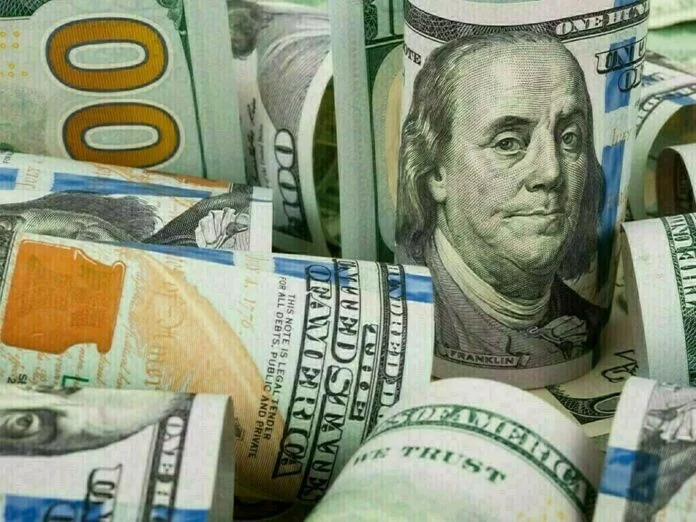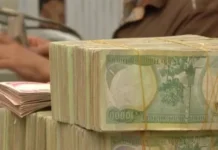Friday’s employment market data were conflicting, and the U.S. dollar dropped near to a one-week low against major peers. This preceded later in the day, vital monthly payroll data that very definitely will determine the speed of Federal Reserve policy easing.
After touching 100.96 for the first time since August 29, the dollar index—which measures the currency to a basket of six significant counterparts—was steady at 101.03 as of 0015 GMT. Over night, the index fell roughly 0.2 percent. For the week, it dipped somewhat near to 0.7 percent.
A Thursday study revealed that although there were few layoffs, less Americans filed fresh applications for unemployment benefits last week. That lessened worries about the fast declining labor market since August’s report showed private job growth dropped to a 3-1/2-year low.
The conflicting data has traders speculating before Friday’s payrolls announcement. From 114,000 in July, Reuters asked economists projected a gain in August of 165,000 jobs.
It will be almost instantly evident what the Fed views of the figures when Governor Christopher Waller and New York Fed President John Williams both speak during the last Fedspeak before the blackout period starts before to this month’s policy meeting.
The FedWatch Tool of the CME Group shows traders now view 40% odds for a supersized 50-basis point (bp) Fed interest rate decrease on Sept. 18, compared to 60% odds for a quarter-point cut. Day earlier, bets on the bigger cut were 44% compared to 34% a week ago.
At the annual economic conference in Jackson Hole last month, Fed Chair Jerome Powell fervently backed an early start to the monetary easing cycle, suggesting that the central bank’s priorities were now moving from combating inflation to stopping job market deterioration.
“The August payroll report could be a make or break moment,” TD Securities analysts—including head of global strategy Rich Kelly—wrote in a paper. “Recent labor data has fanned concerns of labor market softening.”
But TD expects 205,000 more jobs to be generated in August, which would cause a quarter point decline this month and a dollar rebound.
“There is simply a lot of bad news priced into the USD, which raises the possibility that a series of positive announcements will start a major corrective action.”
Supported by a drop in U.S. Treasury yields, the dollar kept its footing at 143.25 yen after declining to 142.855 overnight for the first time since Aug. 5. The 10-year note yield dropped to a one-month low of 3.721%.
At $1.1112, the euro was constant, close below its Thursday one-week high of $1.11195.
Sterling was not much altered at $1.31755, staying near the overnight high of $1.31855—the highest level since August 30.
The risk-averse Australian dollar dropped a touch to $0.6739.
Leading cryptocurrency Bitcoin tried to recover this week from a nearly one-month low of $55,575.78 by climbing 0.2 percent to $56,167.




